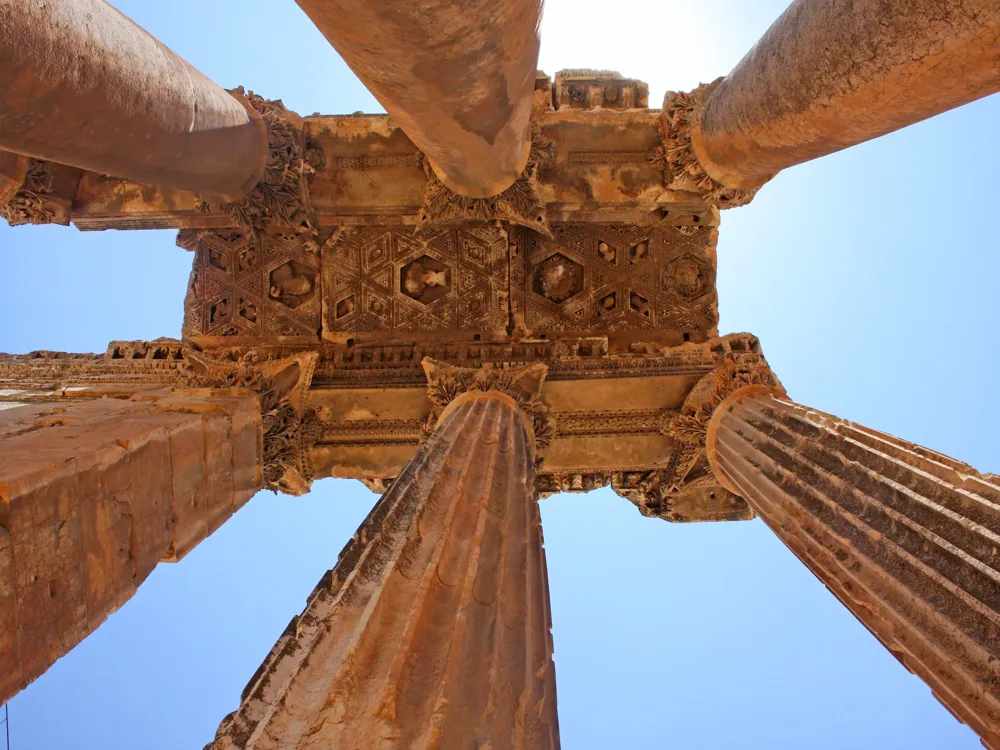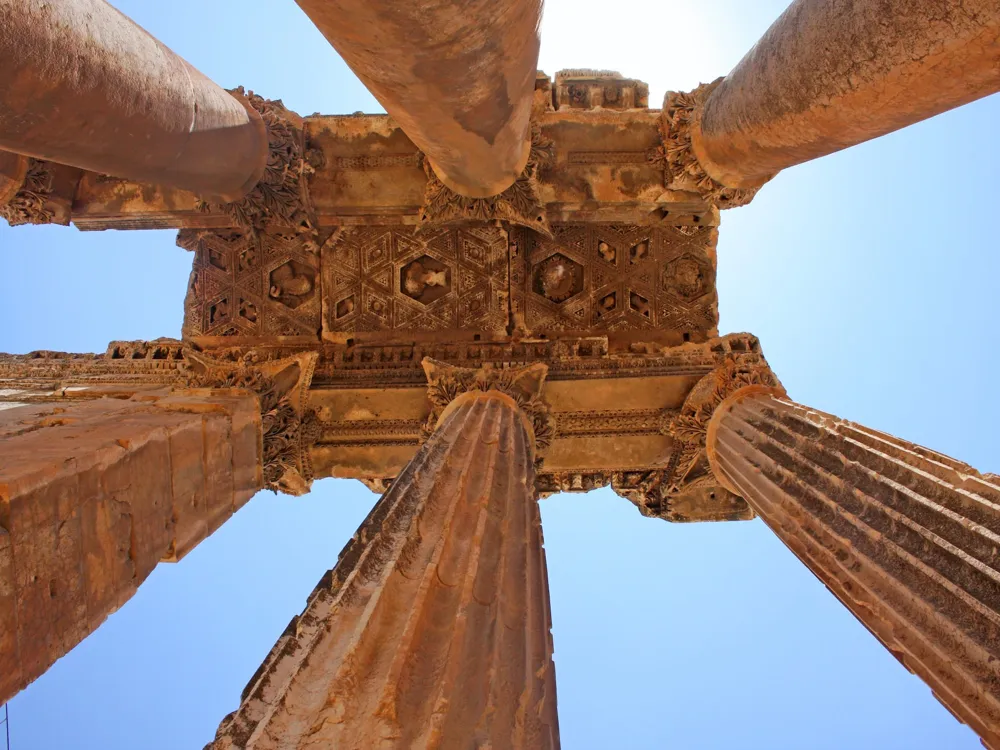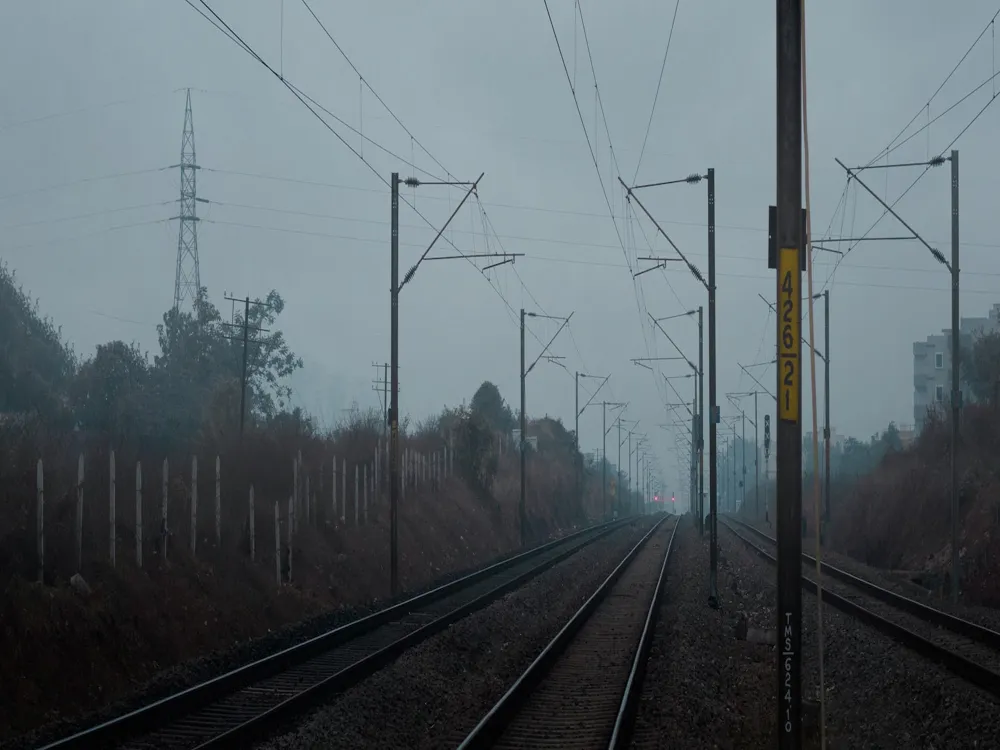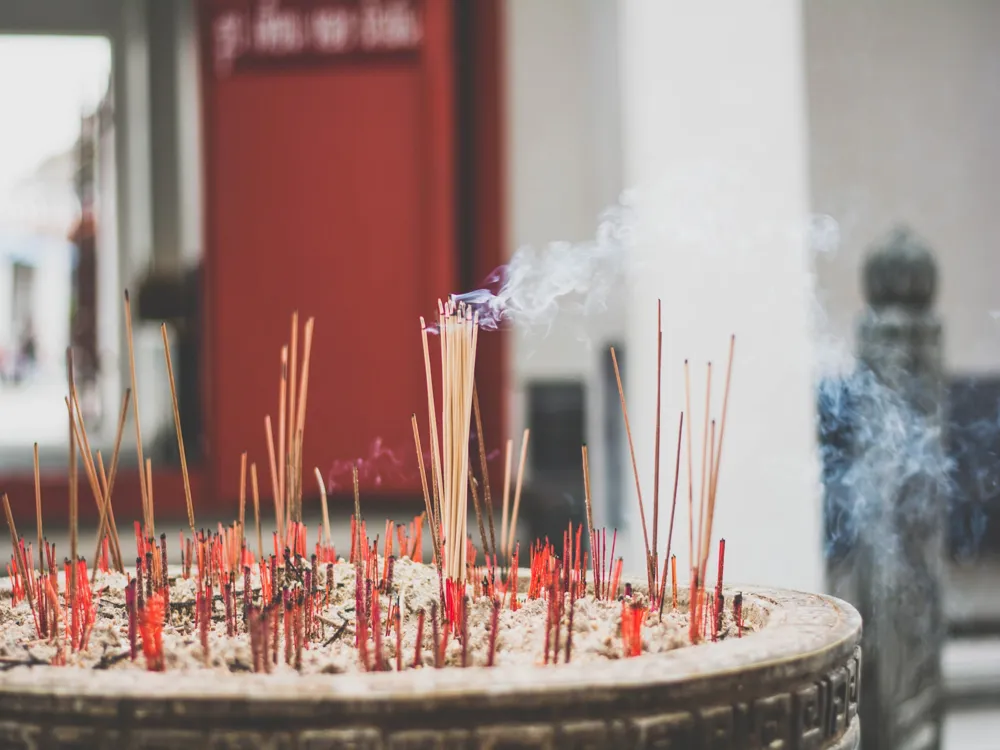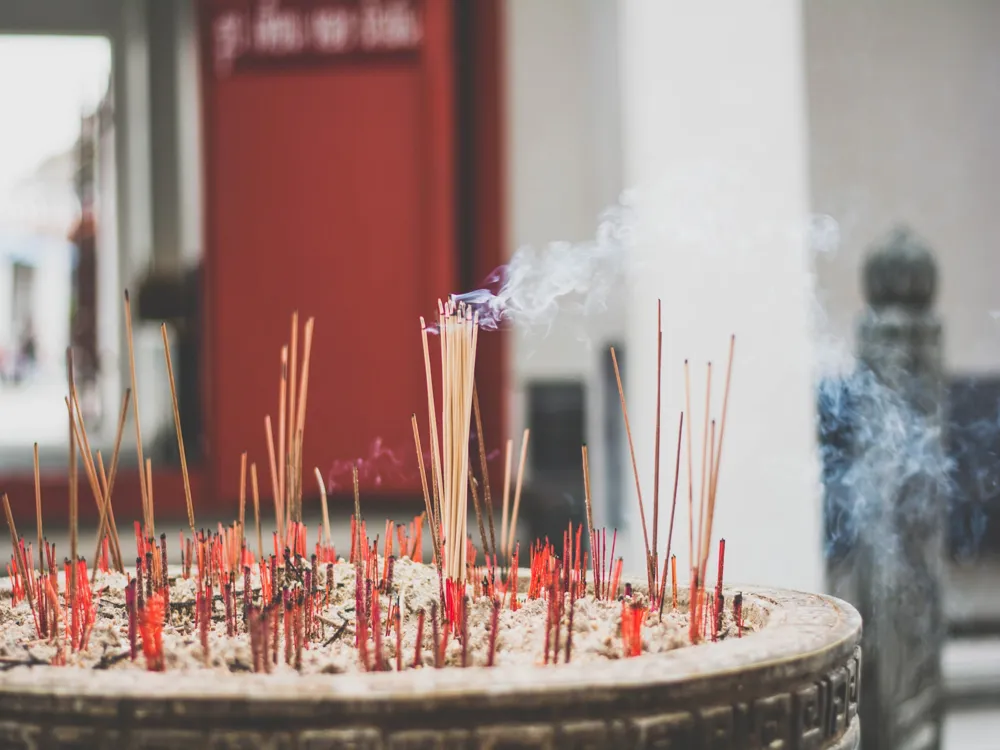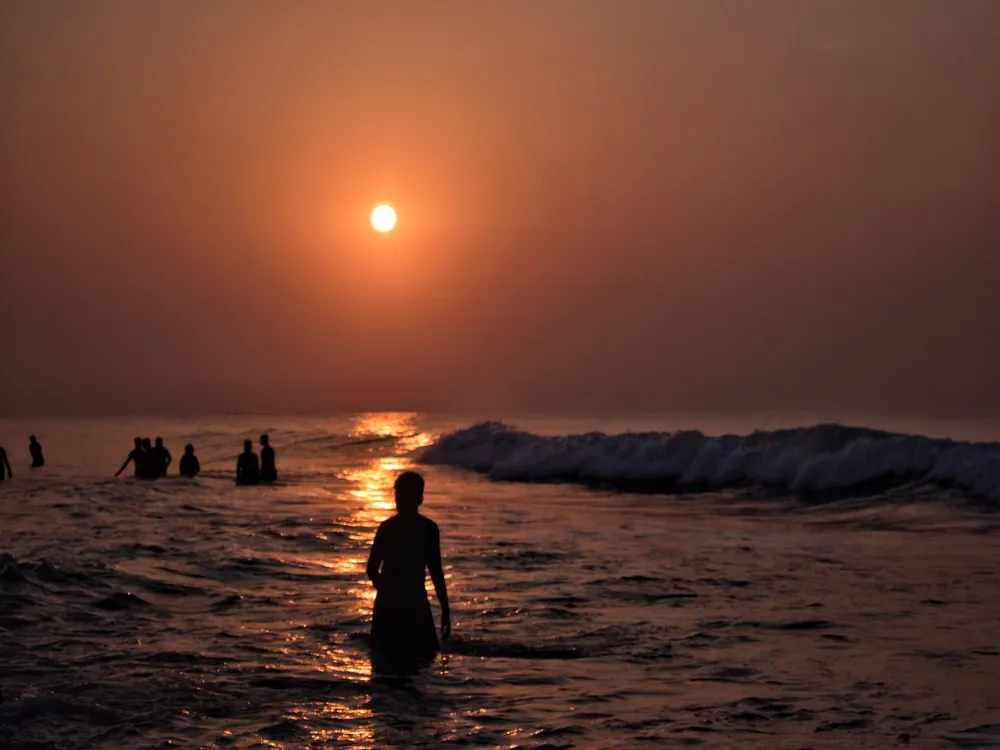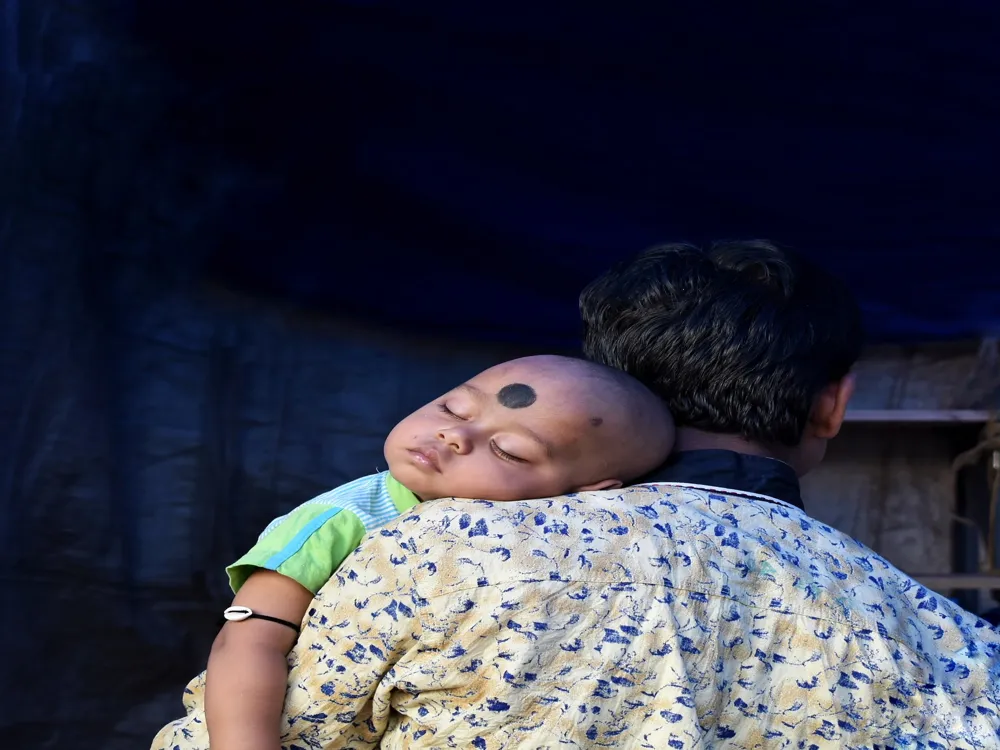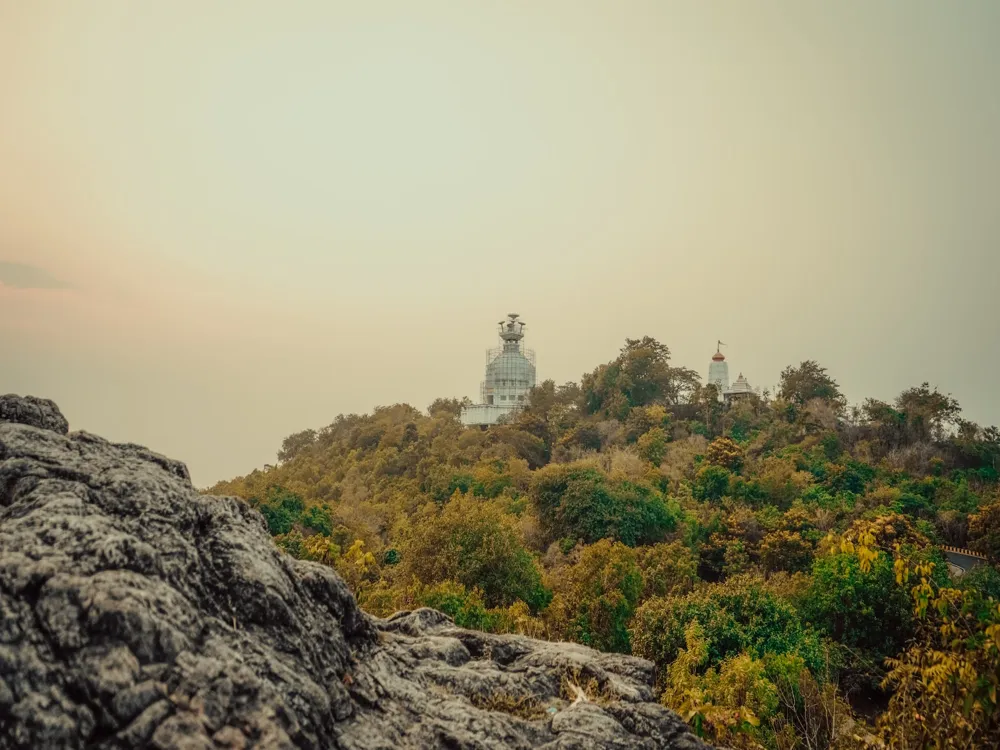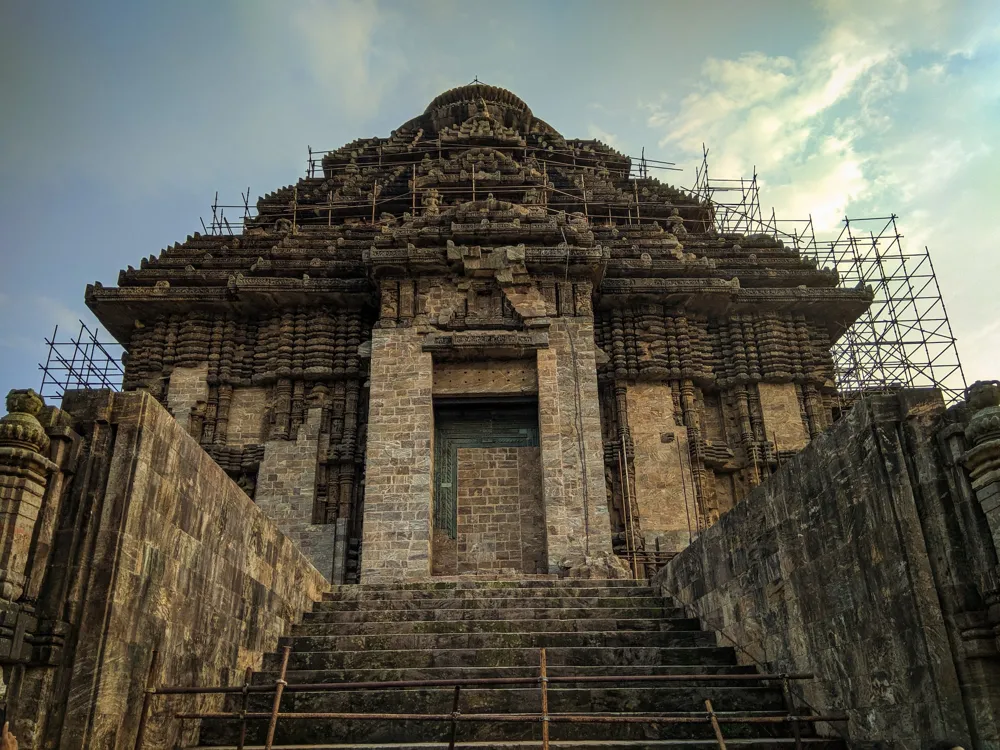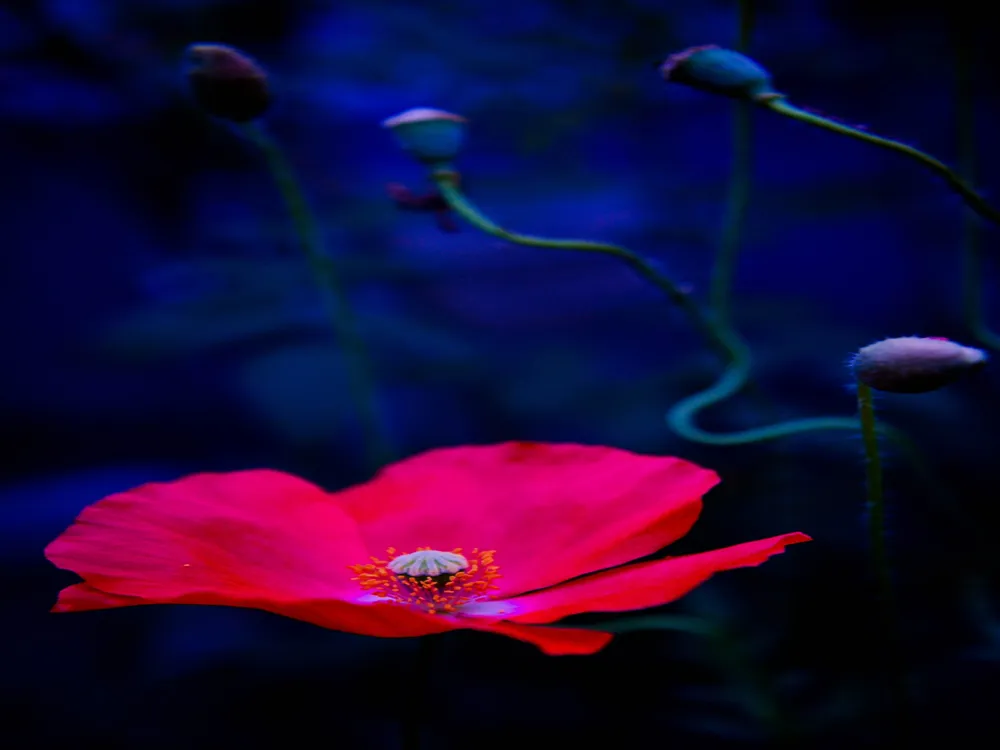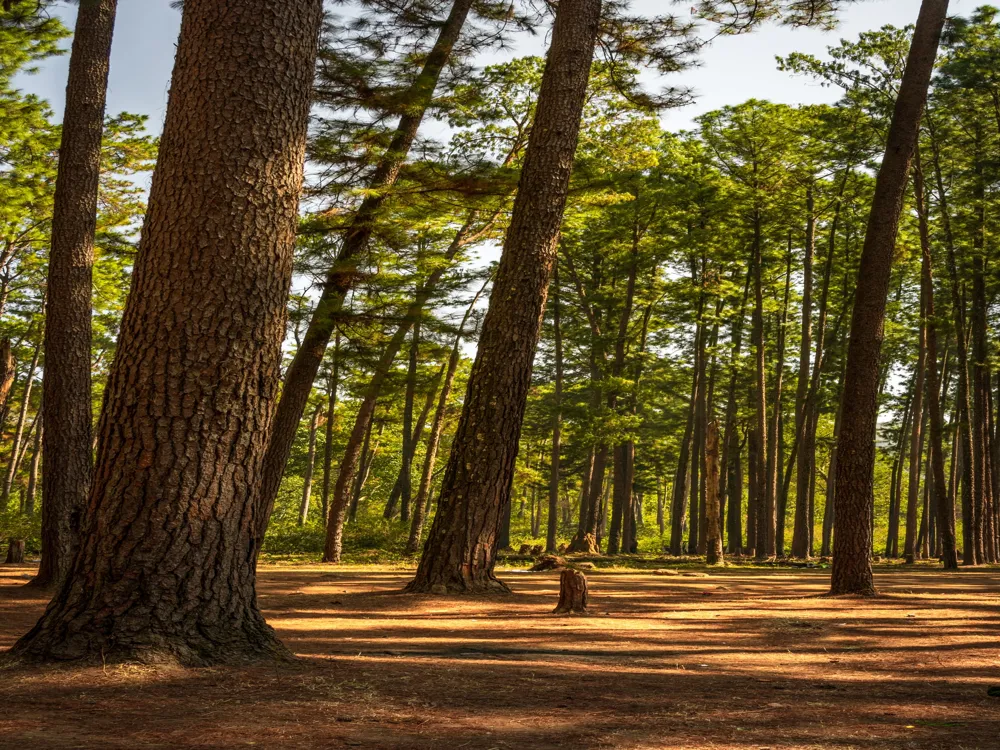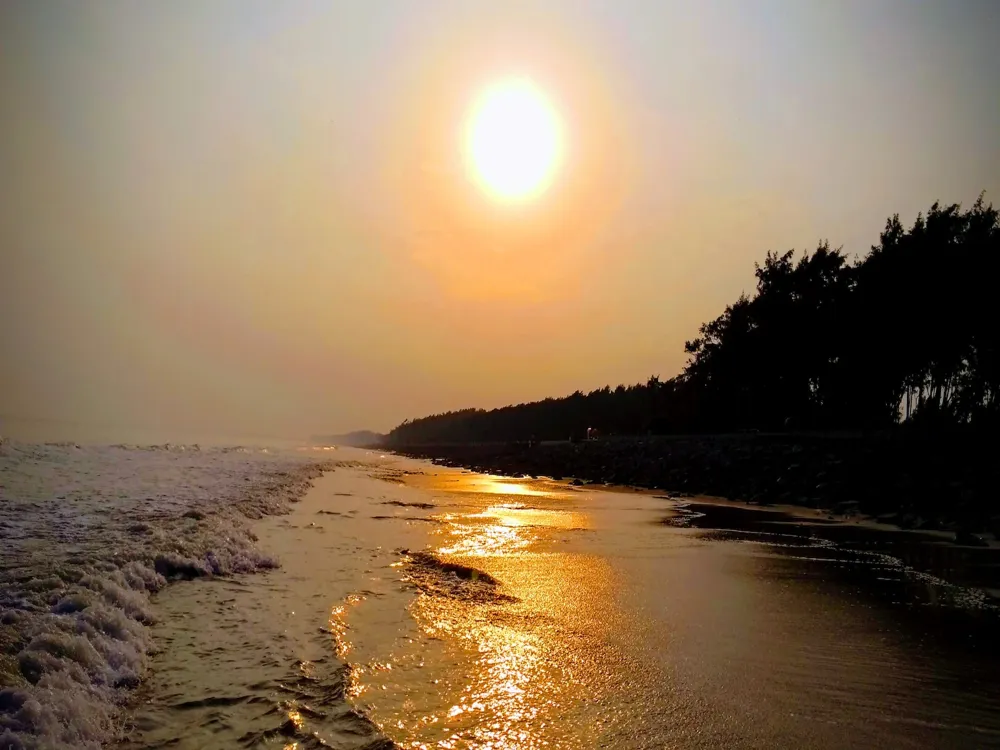Bindu Sarovara, also known as Bindu Sagar, is a sacred water body in the heart of Bhubaneswar, the capital city of Odisha, India. This large lake holds a significant place in the cultural and religious fabric of the city. According to local beliefs, it contains drops of water from every holy river in India, making it a revered site for Hindus. The lake's history is intertwined with the legendary temples of Bhubaneswar, especially the Lingaraja Temple, and plays a vital role in various religious ceremonies. The origin of Bindu Sarovara dates back to ancient times and is shrouded in mythological tales. According to one such legend, Lord Shiva created this lake to quench the thirst of Goddess Parvati. Over the centuries, it has been a witness to the rise and fall of several dynasties and has seen numerous renovations and restorations. The area surrounding the lake is dotted with several ancient temples, each narrating a unique story of architectural excellence and religious importance. The lake is not just a religious spot but also a place of natural beauty. The serene water body surrounded by lush greenery provides a tranquil escape from the city's hustle and bustle. Visitors often find solace in the peaceful ambiance of Bindu Sarovara, making it a popular spot for both pilgrims and tourists. Festivals are a significant aspect of Bindu Sarovara. Various religious festivities throughout the year see a convergence of devotees who perform rituals and take holy dips in the lake, believing it washes away their sins. The most prominent of these festivals is the Ashokastami, when the deity from Lingaraja Temple is brought to the lake in a grand procession for a ritualistic bath. Besides its religious significance, Bindu Sarovara is an integral part of Bhubaneswar's eco-system. Efforts have been made by local authorities and communities to preserve its natural beauty and keep its waters clean, ensuring that this ancient water body continues to thrive in the modern cityscape of Bhubaneswar. The architecture surrounding Bindu Sarovara is a testament to the rich cultural heritage of Odisha. The lake itself is an architectural marvel, with ghats (steps) leading to the water, intricately carved in traditional Odishan style. These ghats provide access to the lake for religious rituals and offer a vantage point for visitors to appreciate the lake's beauty and tranquility. The temples around Bindu Sarovara exhibit the quintessential Kalinga architectural style, characterized by ornately carved deul (temple tower) and jagamohana (assembly hall). The nearby Ananta Vasudeva Temple is a prime example of this style. The temple's walls are adorned with intricate carvings depicting scenes from Hindu mythology, especially the life of Lord Krishna, to whom the temple is dedicated. Another architectural highlight near Bindu Sarovara is the Bhubaneswar Lingaraja Temple, an iconic symbol of Odishan architecture. The temple's towering spire, exquisitely carved stonework, and the Bindusagar tank's reflection create a mesmerizing view, especially at dawn and dusk. The lesser-known temples surrounding Bindu Sarovara, though smaller in size, are no less significant in their architectural beauty. These temples, some of which date back to the 6th century, showcase the evolution of temple architecture in Odisha over centuries. The craftsmanship evident in the stone carvings and the structural designs of these temples offer insights into the religious and cultural history of the region. In recent years, efforts have been made to preserve and restore the architectural heritage around Bindu Sarovara. These initiatives aim not only to conserve the historical structures but also to enhance the aesthetic appeal of the area, making it more inviting for visitors and devotees. The ideal time to visit Bindu Sarovara is between October and March when the weather is pleasant. This period also coincides with several Hindu festivals, offering a chance to witness the lake and its surroundings in a vibrant, festive atmosphere. Visitors are advised to dress modestly and maintain decorum, as Bindu Sarovara is a religious site. It's important to respect the local customs and traditions, especially during religious ceremonies. While photography is allowed in most areas around Bindu Sarovara, some temples may have restrictions. Always ask for permission before taking photos, especially during religious rituals. Bhubaneswar offers a variety of local cuisines and accommodation options catering to different budgets. Trying out local Odia dishes is highly recommended for a complete cultural experience. Visitors are encouraged to maintain cleanliness and avoid polluting the lake. Efforts should be made to keep this sacred site pristine for future generations. Bindu Sarovara is easily accessible from different parts of Bhubaneswar. The city is well-connected by road, rail, and air. Local transport options like auto-rickshaws, taxis, and buses are available to reach the lake. For those coming from outside Odisha, Biju Patnaik International Airport is the nearest airport, and Bhubaneswar Railway Station is a major railhead connecting the city with various parts of India. Read More:Overview of Bindu Sarovara in Bhubaneswar, Odisha
Architecture of Bindu Sarovara
Tips When Visiting Bindu Sarovara
Best Time to Visit
Respecting Local Customs
Photography Guidelines
Local Cuisine and Accommodation
Environment Conservation
How To Reach Bindu Sarovara
Bindu Sarovara
Bhubaneswar
Odisha
NaN onwards
View bhubaneswar Packages
Weather :
Label : Must Visit
Tags : Lake
Time Required : 30 to 45 minutes
Planning a Trip? Ask Your Question
Bhubaneswar Travel Packages
View All Packages For Bhubaneswar
Top Hotel Collections for Bhubaneswar

Private Pool

Luxury Hotels

5-Star Hotels

Pet Friendly
Top Hotels Near Bhubaneswar
Other Top Ranking Places In Bhubaneswar
View All Places To Visit In bhubaneswar
View bhubaneswar Packages
Weather :
Label : Must Visit
Tags : Lake
Time Required : 30 to 45 minutes
Planning a Trip? Ask Your Question
Bhubaneswar Travel Packages
View All Packages For Bhubaneswar
Top Hotel Collections for Bhubaneswar

Private Pool

Luxury Hotels

5-Star Hotels

Pet Friendly







